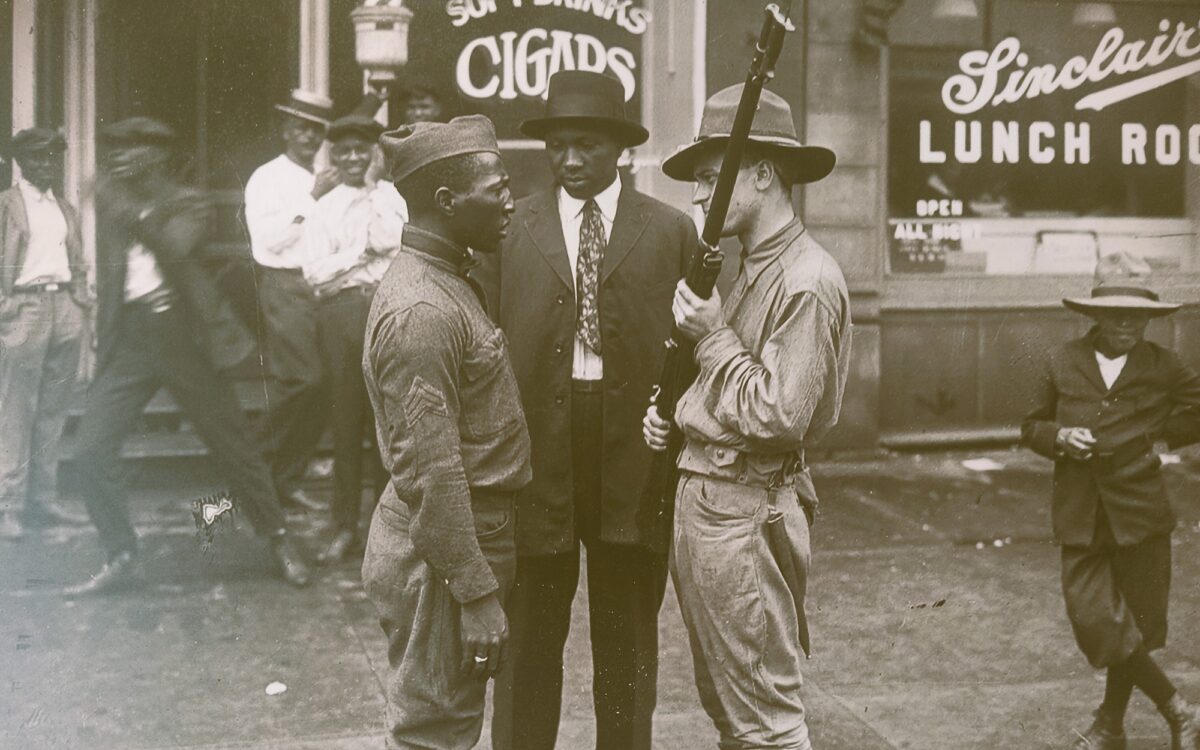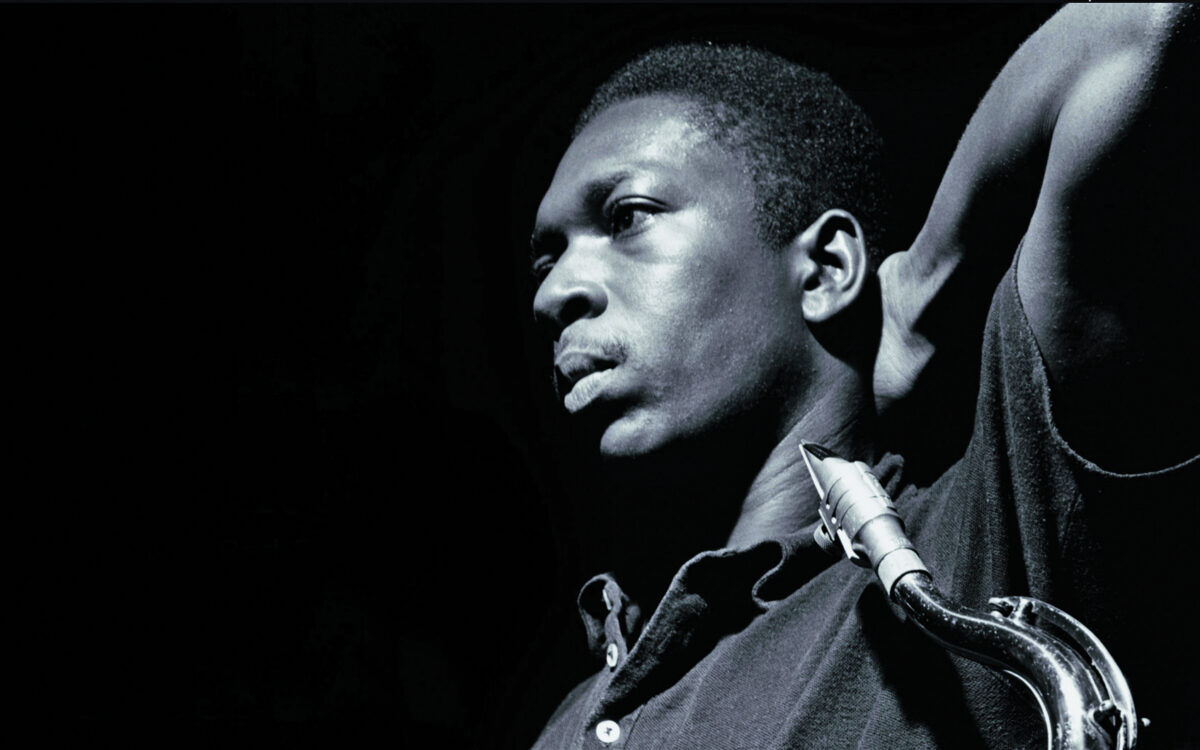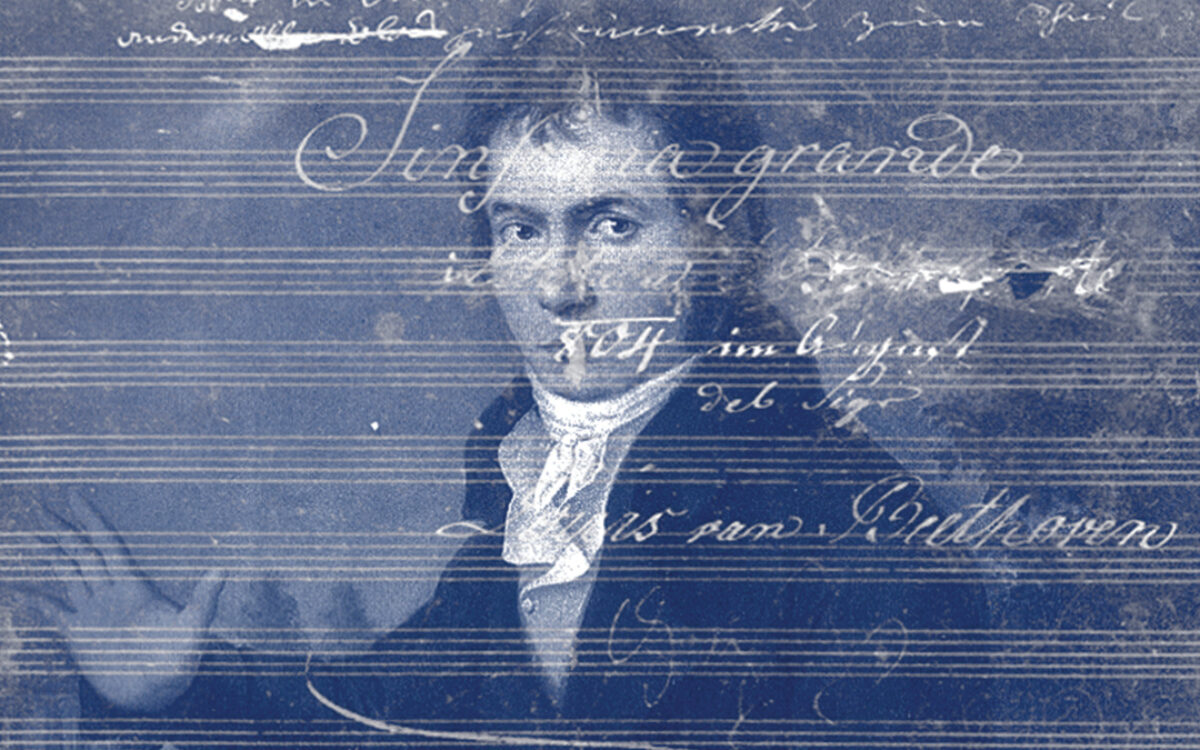The Life Behind Korngold's "The Dead City"
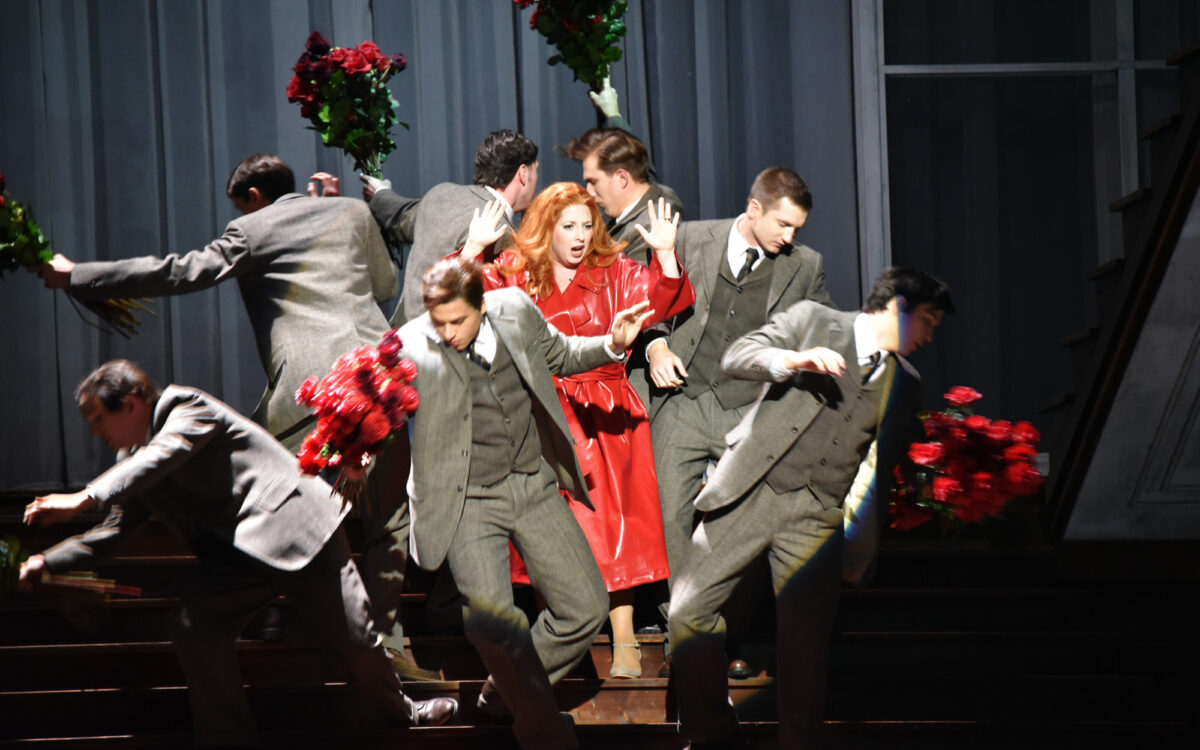
A woman dies. Her husband, beset by grief, withdraws from society and has violent hallucinations, blurring the line between fantasy and reality. When he snaps back to real life, and he realizes he needs to make a change.
That’s the heart of Die tote Stadt (The Dead City), Erich Korngold’s cinematic opera about love, loss, and the complexity of grief.
Korngold might not quite be a household name, but if you’ve listened to a movie or TV soundtrack, you’ve heard his influence. A child prodigy born in 1897 and hailed for a time as "the next Mozart," Korngold was writing operas that were performed by world-class orchestras before most of us finish high school. At age 11, his ballet Der Schneemann (The Snowman) made a big splash Viennese society. When Die tote Stadt premiered in 1920, Korngold was all of 23.
His life, like so many lives in the 1930s, took a dramatic turn as the Nazis rose to power across Europe. Korngold, who was Jewish, fled to the United States. In Hollywood, he reinvented himself as one of the godfathers of film music, drawing deeply upon his classical roots.
Korngold’s sweeping scores transformed the way movies sound. His music for films like The Adventures of Robin Hood (1938) — which starred those Hollywood Golden Age big names Errol Flynn, Olivia de Havilland, and Basil Rathbone — earned him an Oscar and cemented his place as a pioneer of that unmistakable cinematic sound. If you love the grandeur of John Williams’ Star Wars or Harry Potter scores, you can thank Korngold.
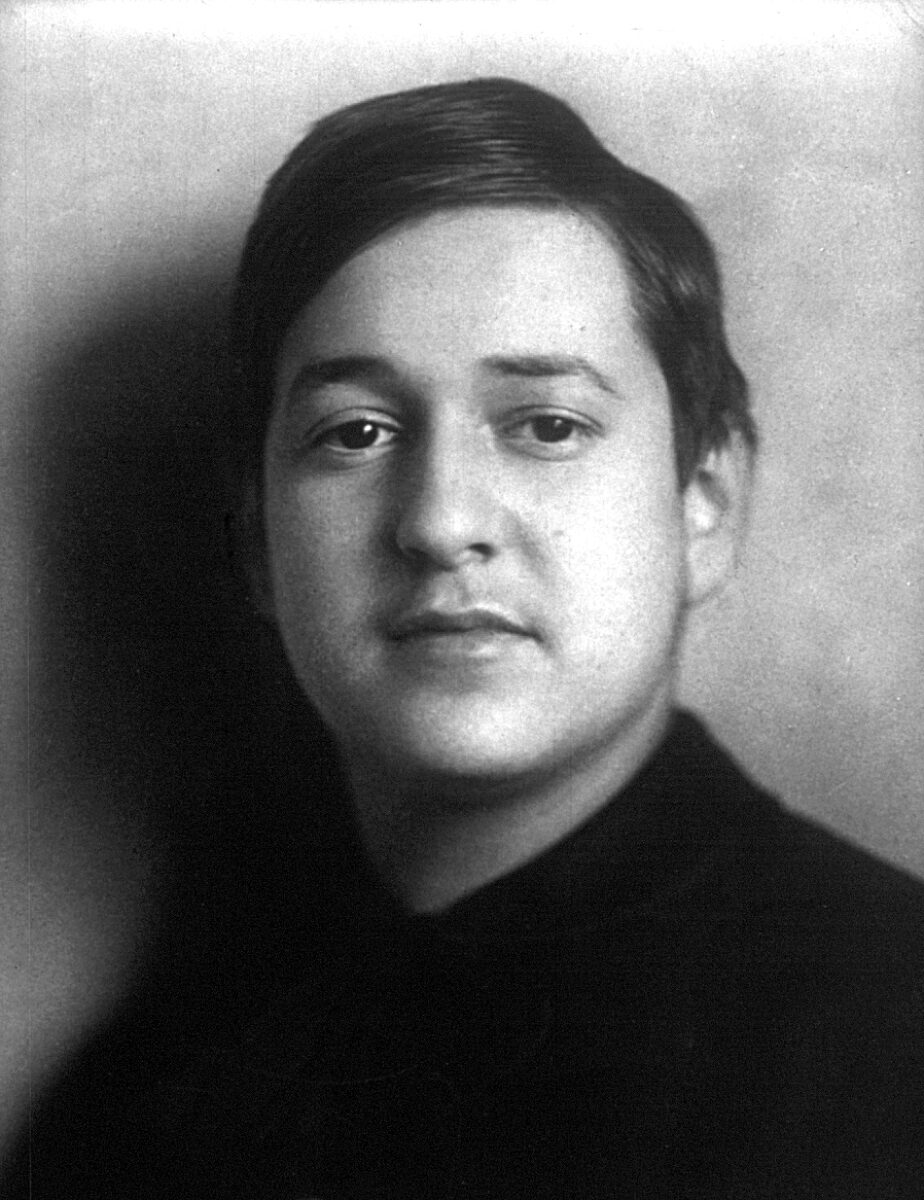
The Story
The story of Die tote Stadt follows Paul, a man stuck in the past after the death of his wife, Marie. He lives in Bruges, Belgium, a city portrayed as somber and lifeless, clinging to a shrine of her belongings and insisting that Marie is still alive. But his world shifts when he meets Marietta, a woman who looks just like Marie. Marietta is full of life and passion, and after a chance meeting, Paul suddenly is visited by a vision of Marie.
What starts as a glimmer of hope spirals into a psychological journey through obsession and memory as Paul falls into a hallucination. Is Marietta really his chance at a new life, or is she a projection of his unresolved pain? The opera’s lush score sweeps you through Paul’s dreamlike experiences, culminating in a twist that forces him — and us — to confront the power of love and the necessity of letting go.
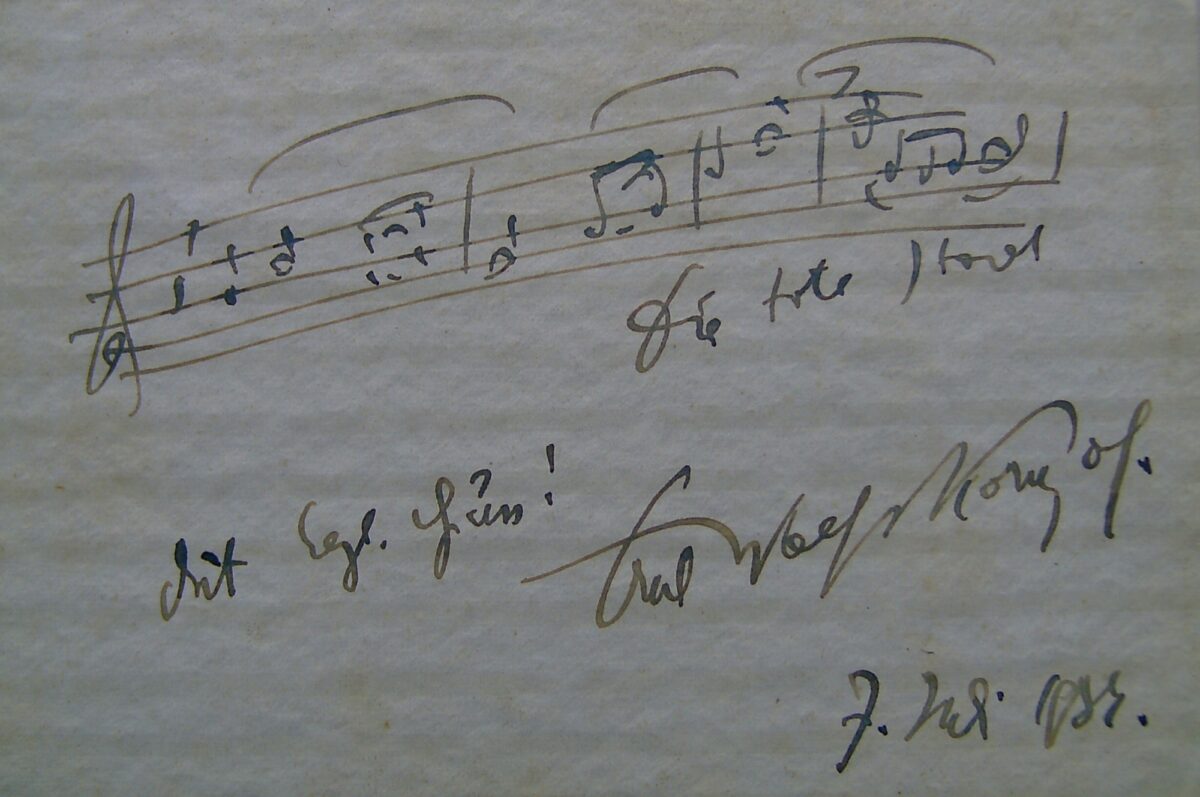
References
Erich Wolfgang Korngold, American composer (Britannica)
Erich Wolfgang Korngold (The OREL Foundation)
Die tote Stadt, Korngold Society
The Adventures of Robin Hood (1938), (IMDb)
Erich Korngold, From Vienna To Hollywood (JTA)
Maya Shwayder is the BSO's Senior Contributing Editor and Copywriter.

